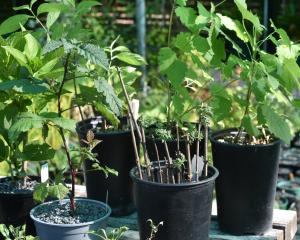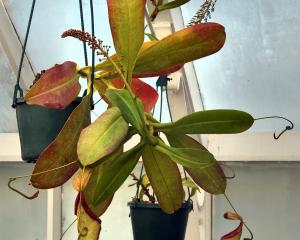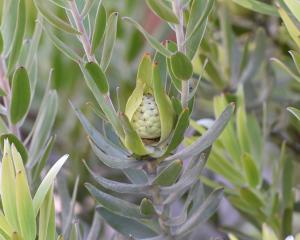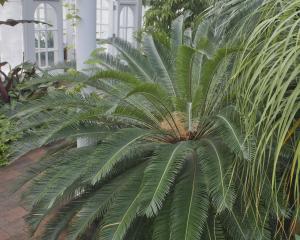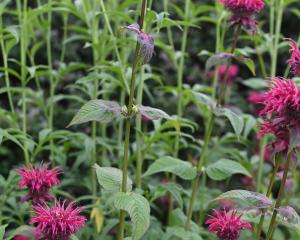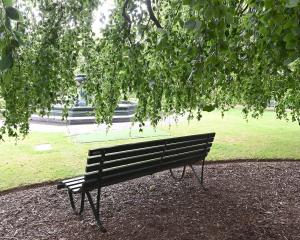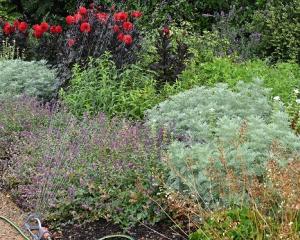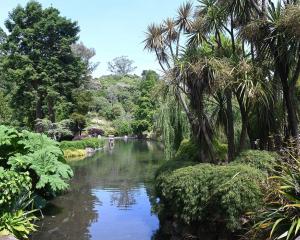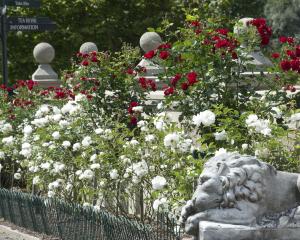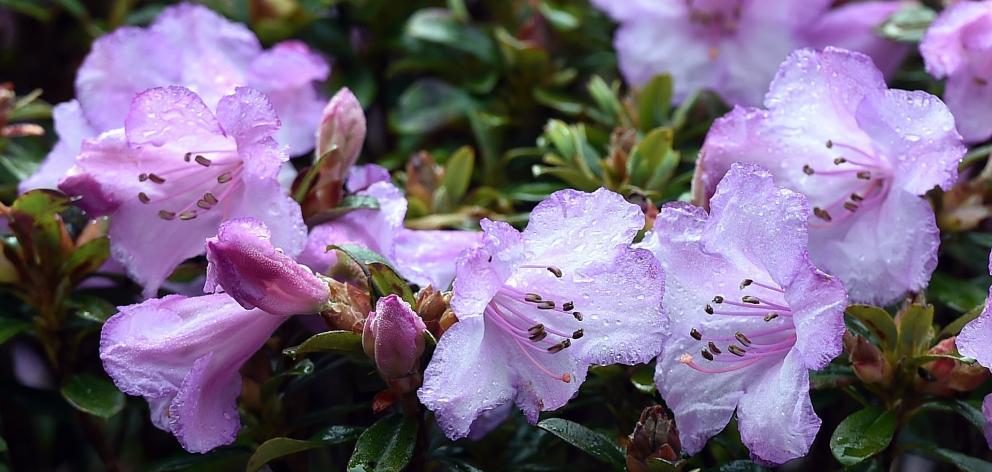
By maturity, the plant can smother itself in blooms which, depending on the form, can range through pink and pinkish-purple to purple. Growing to 30cm-60cm, in full flower the plant stands out as an eye-catching splash of colour among the spread of other ground level plants in the garden.
The genus Rhododendron has more than 50 subsections containing more closely-related species. Closer inspection of individual florets on R. pemakoense reveals they are covered in minute hairs, which is a distinctive feature of subsection Uniflora to which it belongs.
In the wild, R. pemakoense grows in the mountains of east Arunachal Pradesh and southeast Xizang. It not only spreads by seed, but can also send out runners to carpet steep moss-clad rocks and slopes at altitudes between 3000m and 3700m. In the Rhododendron Dell at Dunedin Botanic Garden, its home is the peat garden, where it enjoys the moist free-draining conditions it needs to thrive.
The peat garden also contains several other dwarf rhododendron species in flower at the moment. It is well worth taking the time to look around them all and observe how their size does not limit their diversity.
- Garden Life is produced by Dunedin Botanic Garden. For further information contact Doug Thomson.
Comments
I have read reports to say these plants are killing our native birds. Is this true? I know in the UK and Ireland they are considered a pest plant because they kill the understory and I have witnessed them gowing wild in forests here in Dunedin. This is what Wikipedia says:
Some species of rhododendron are poisonous to grazing animals because of a toxin called grayanotoxin in their pollen and nectar. People have been known to become ill from eating honey made by bees feeding on rhododendron and azalea flowers.




